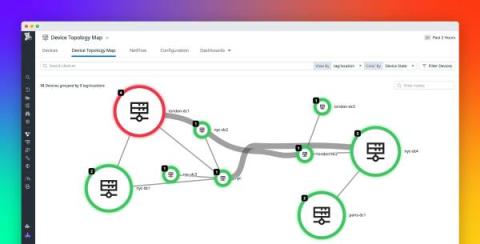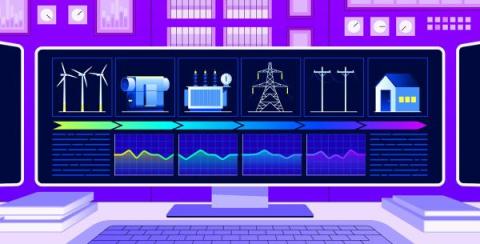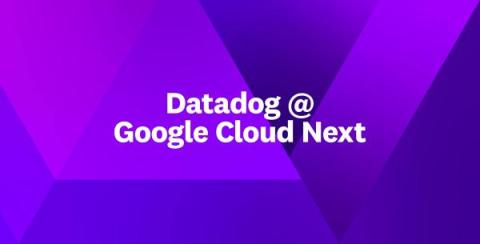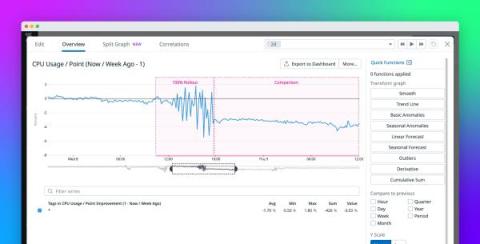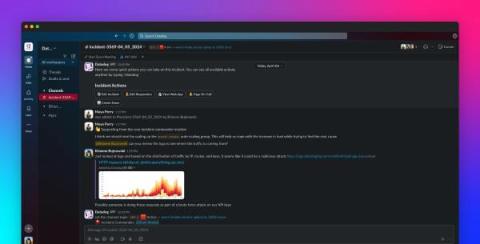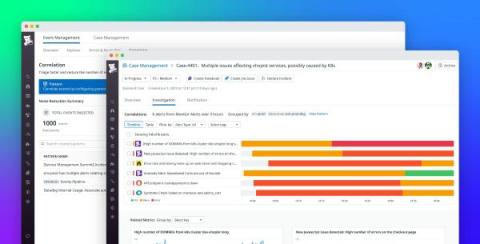How Datadog's Infrastructure team manages internal deployments using the Service Catalog and CI/CD Visibility
Managing the software development lifecycle of your applications is a complex task. Releasing software updates in a large and ever-changing ecosystem requires visibility into the state of your services and insight into how changes to these services impact the reliability, performance, security, and cost of your application. The stages of software delivery are often sharded across multiple tools, each purpose-built for a specific slice of your application lifecycle.



